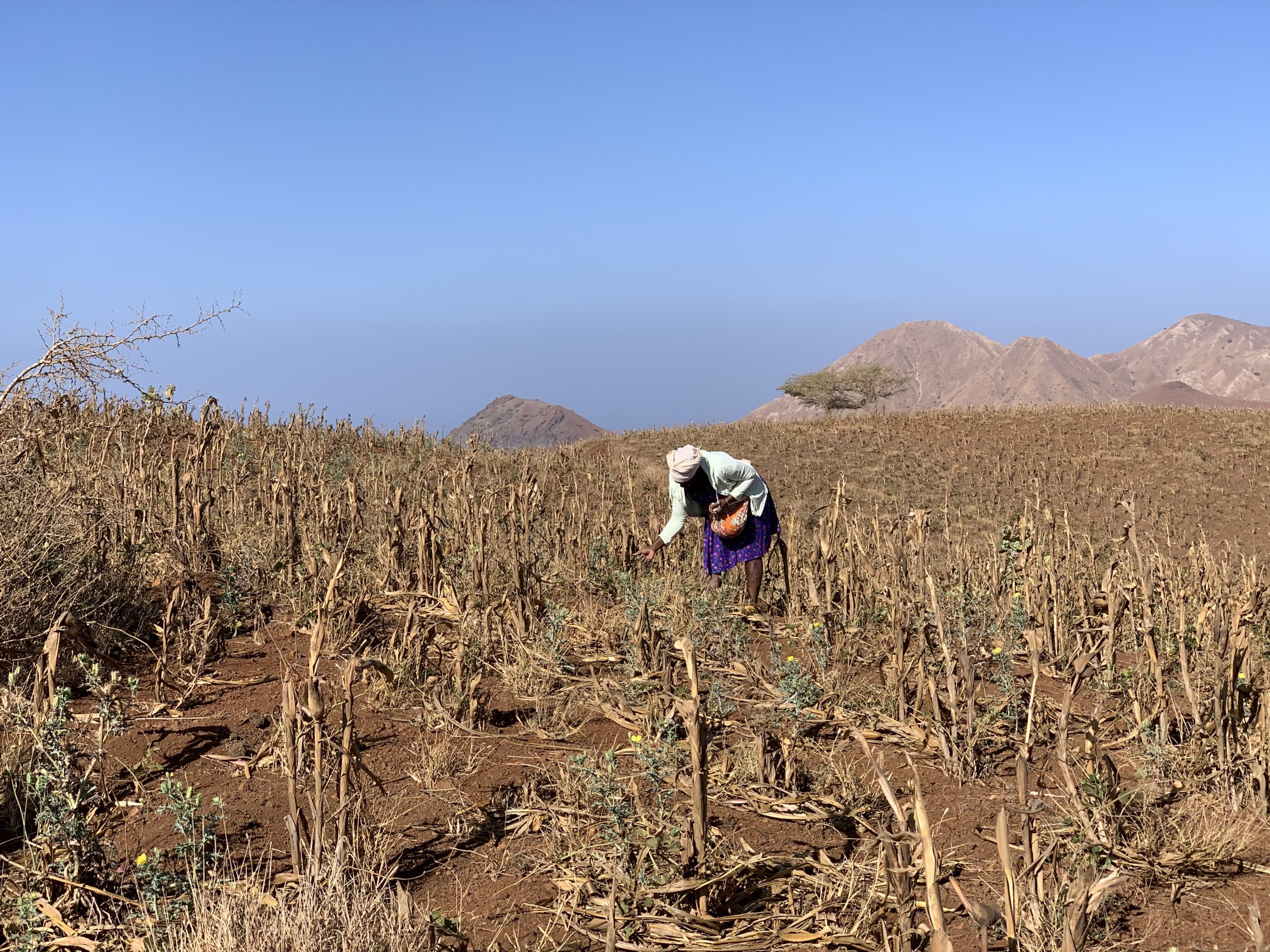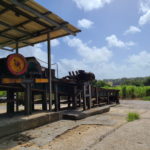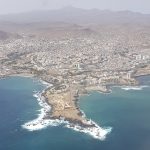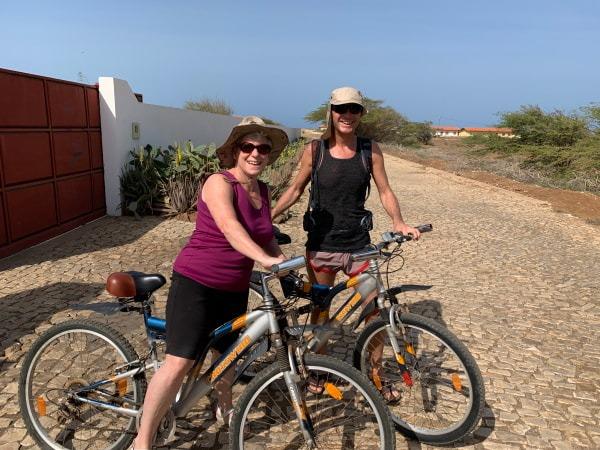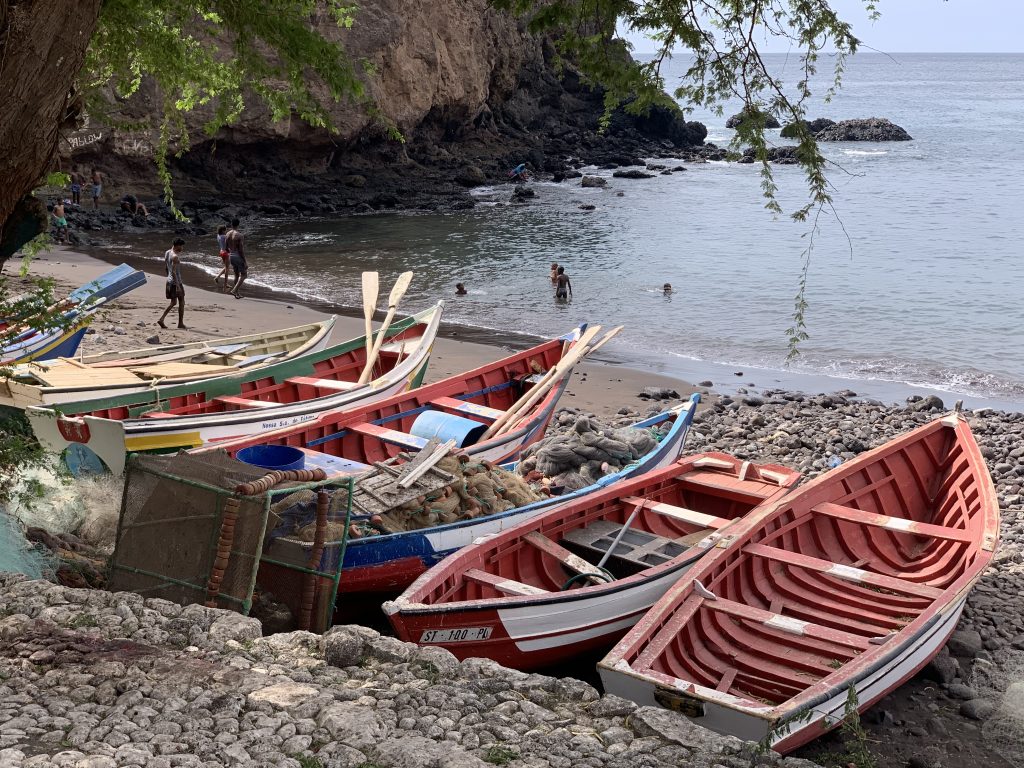
“Its insular position, isolated but close to the coasts of Africa, made it an essential platform for the Atlantic trade of enslaved persons of modern times. A place of concentration of enslaved persons and the inhuman practices of the trade of enslaved persons, Ribeira Grande was also exceptional in terms of the intercultural encounters from which stemmed the first developed Creole society. The valley of Ribeira Grande experimented with new forms of colonial agriculture on the boundary between the temperate and tropical climates. It became a platform for the acclimatisation and dissemination of plant species across the world.” (source: UNESCO World Heritage list https://whc.unesco.org/en/list/1310)
(I like the terminology of “enslaved persons” instead of slaves. A reminder that these were people, not just chattel.)
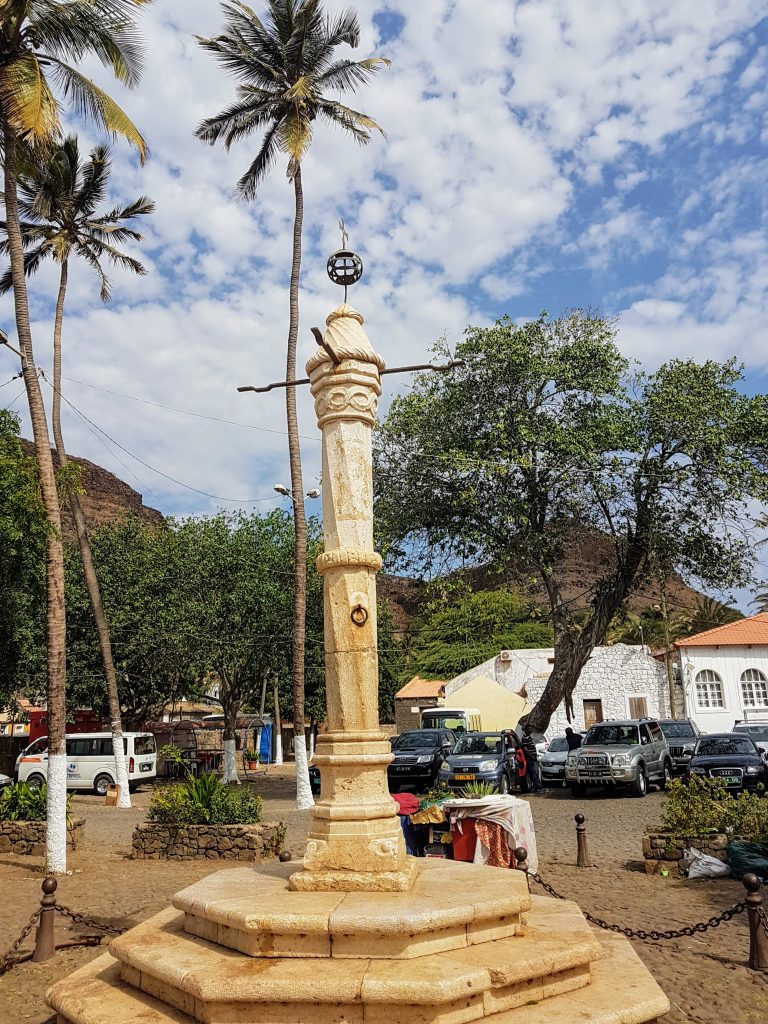
We had the luck of stumbling on the town just in time for its “Nhu Santu Nomi” festival, which is in honour of the patron saint Santo Nome de Jesus. The festivities go on for days, but we were there for the highlight, which is a procession from the town square up to the ruins of the Sé Cathedral, where a church service is held. People were dressed in their Sunday best, and many were carrying chairs or stools to sit on in the church, which now consists mainly of some exterior walls. The cathedral was built between 1556 and 1705. Just as a fantastic gourmet meal takes way more time to prepare than to eat, the cathedral was pillaged just seven years after construction completed!
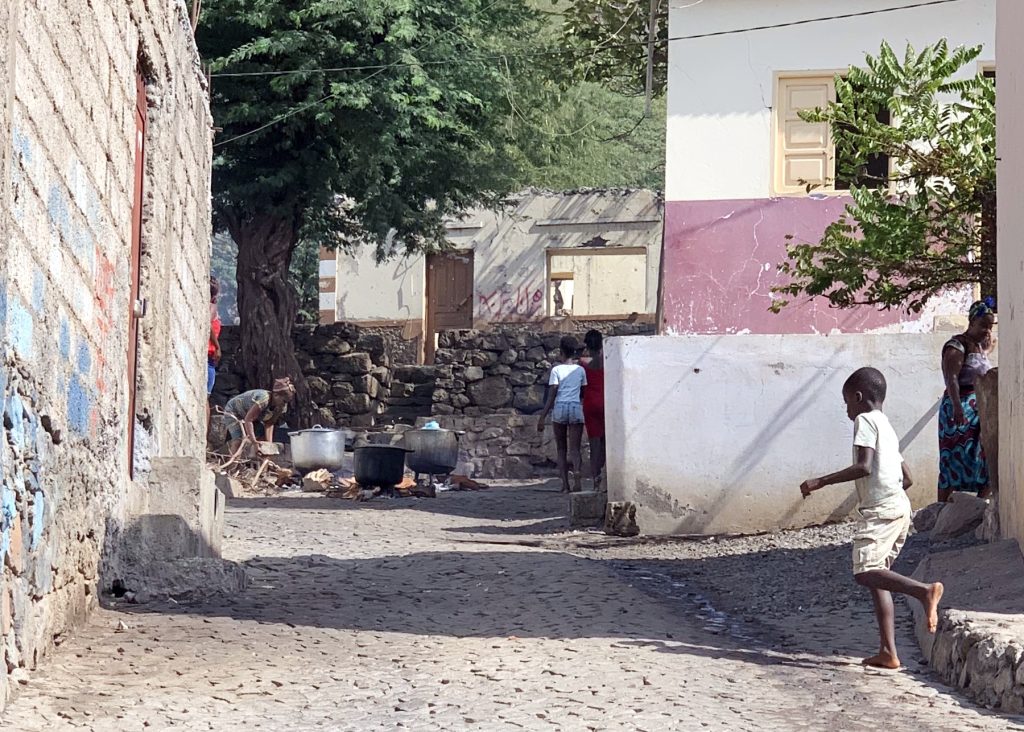
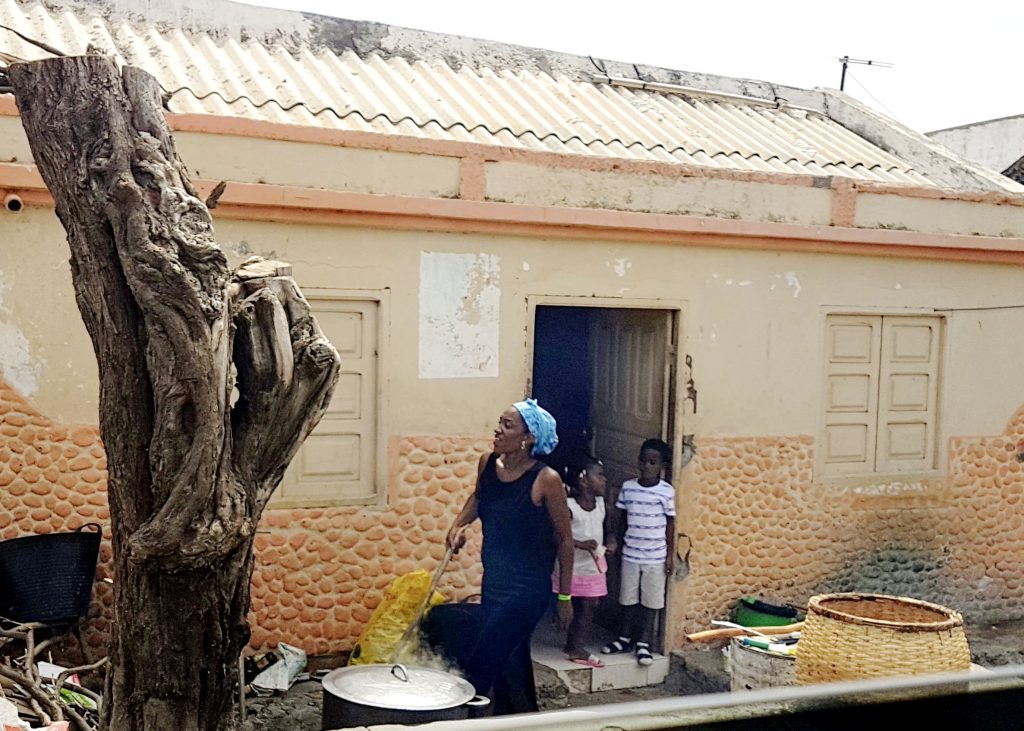
Overall, a peaceful, happy afternoon.

